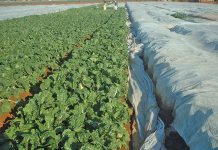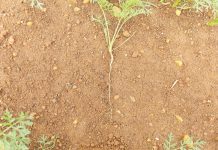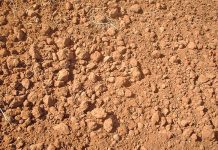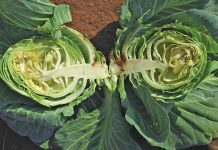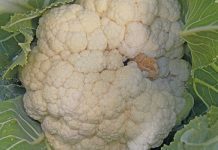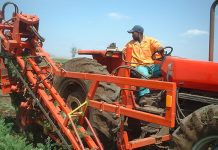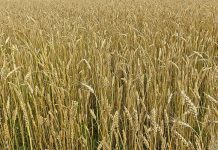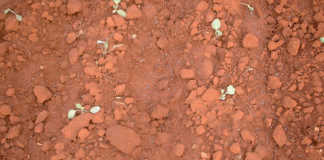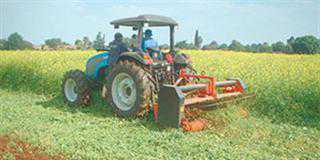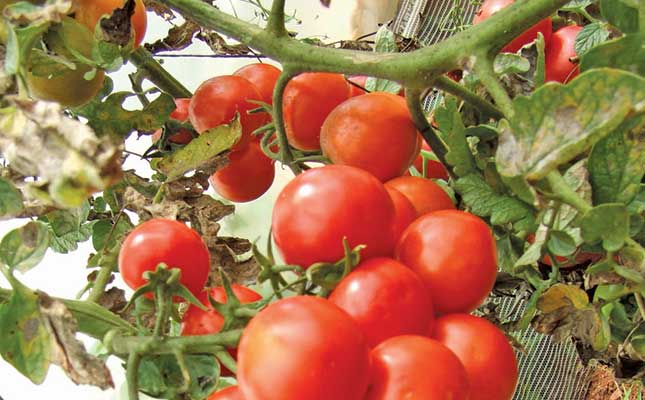
Photo: Bill Kerr
Atomato crop starts with the seedlings. This may sound blindingly obvious, but there’s more to the statement than meets the eye. Seedlings can have a profound influence on early yield and development.
It’s tough out there
Tomatoes originated in the wild, where they had to compete with other plants. Some of these might have been of the same species.
In nearly all life forms, survival is the most basic instinct. The next priority is to reproduce so that they pass on their genes.
These characteristics are genetically present in almost all species. Animals sometimes fight to the death to accomplish this.
This needs to be kept in mind when considering tomato seedlings. The plant has to compete in the wild and win in order for the reproductive instinct to kick in.
If, during intense competition for sunlight and nutrients, the plant starts the reproductive stage by setting fruit, resources will have to be channelled to nurture the fruit at the expense of vegetative growth.
This is likely to result in the plant being overwhelmed by competitors, dying, and being unable to pass on its genes.
The plants that are able to grow through the leaf canopy can produce fruit and secure seeds for the next generation.
So, how does this influence seedlings today? Seedlings still have these ‘instincts’ in their genes, and they have no way of knowing that they will soon be planted out.
In the dense competition of seedling production, the plants are programmed to enter the vegetative stage so that they can grow through the leaf canopy. They will only radically change their tactics when they are transplanted and given plenty of nourishment and sunlight.
Wider spacing
The problem is that it takes time to change over, as fruiting formation starts in the plant long before the flowers begin to appear. There are two cures for changing the plant’s orientation. The first is to have wider spacing in the seedbed stage. The second is to plant the seedlings out while they are smaller. The latter option requires that the farmer provide for the plants at this stage without stressing them or losing them.
The first option has a cost disadvantage: it means using seedling trays with fewer cavities and consequently a higher production cost.
When to transplant
I once had a client who made his own seedlings and started them off in conventional 200-cavity trays. While the seedlings were still small, he would transplant them into smaller-sized black plastic bags until they were ready to transplant. (The bags were reused year after year.)
In the land, he showed me the difference between those seedlings where he had done this and the seedlings that had remained in the trays. The difference in yield between the two was remarkable. Those in the plastic bags had ‘recognised’ that they could start flowering long before those in the trays, which were still trying to grow through the perceived competition.
If the seedlings are left in the trays and not transplanted, they end up producing a miserable little fruit as a last-ditch effort to pass on their genes.
Bill Kerr is a vegetable specialist and grower.

